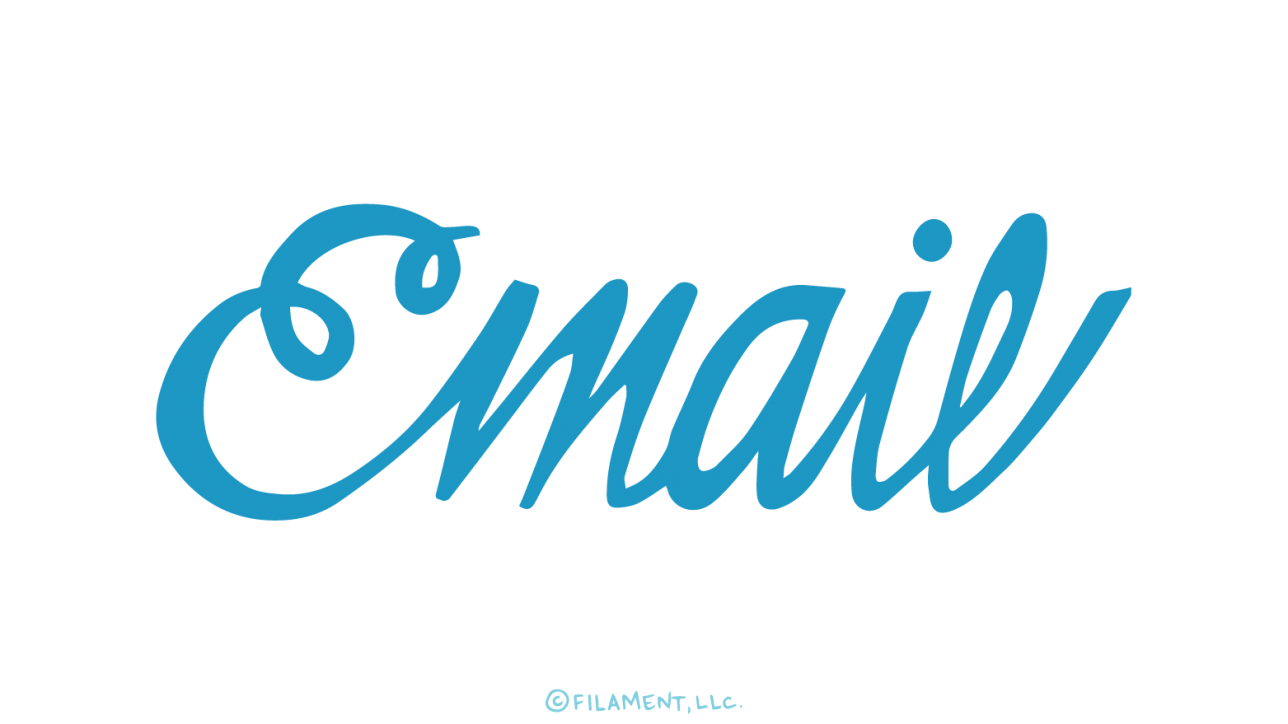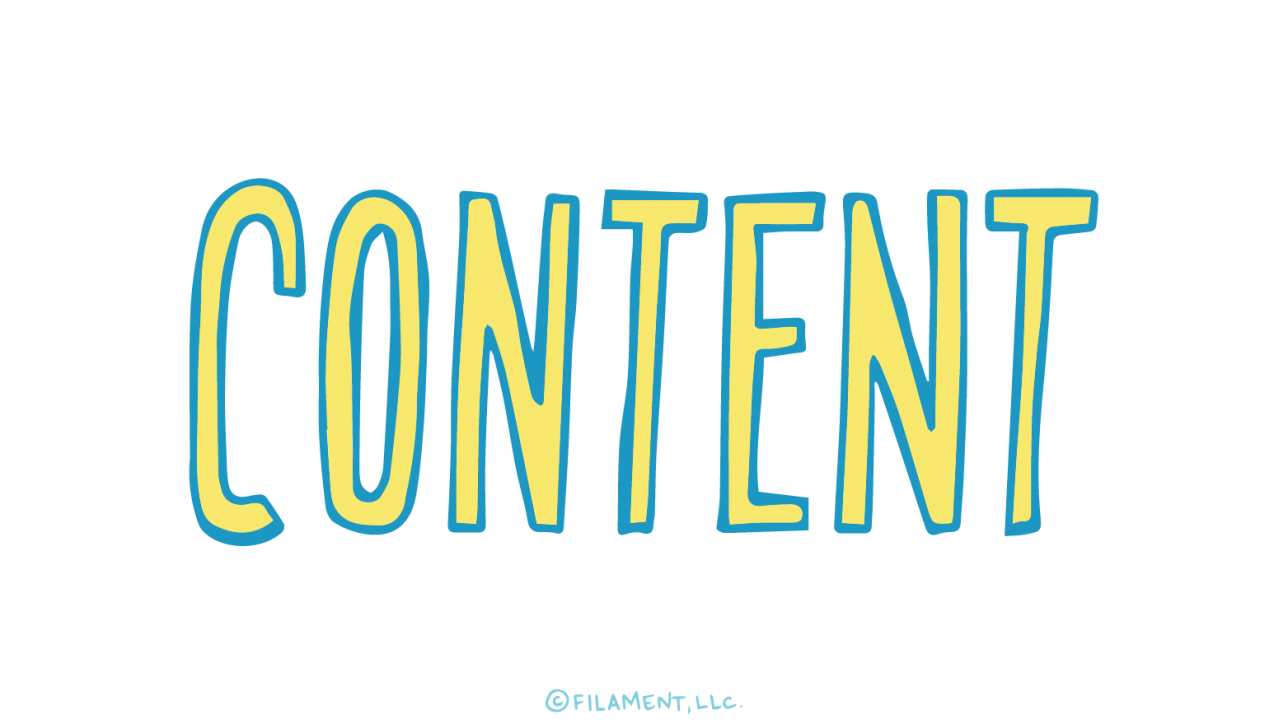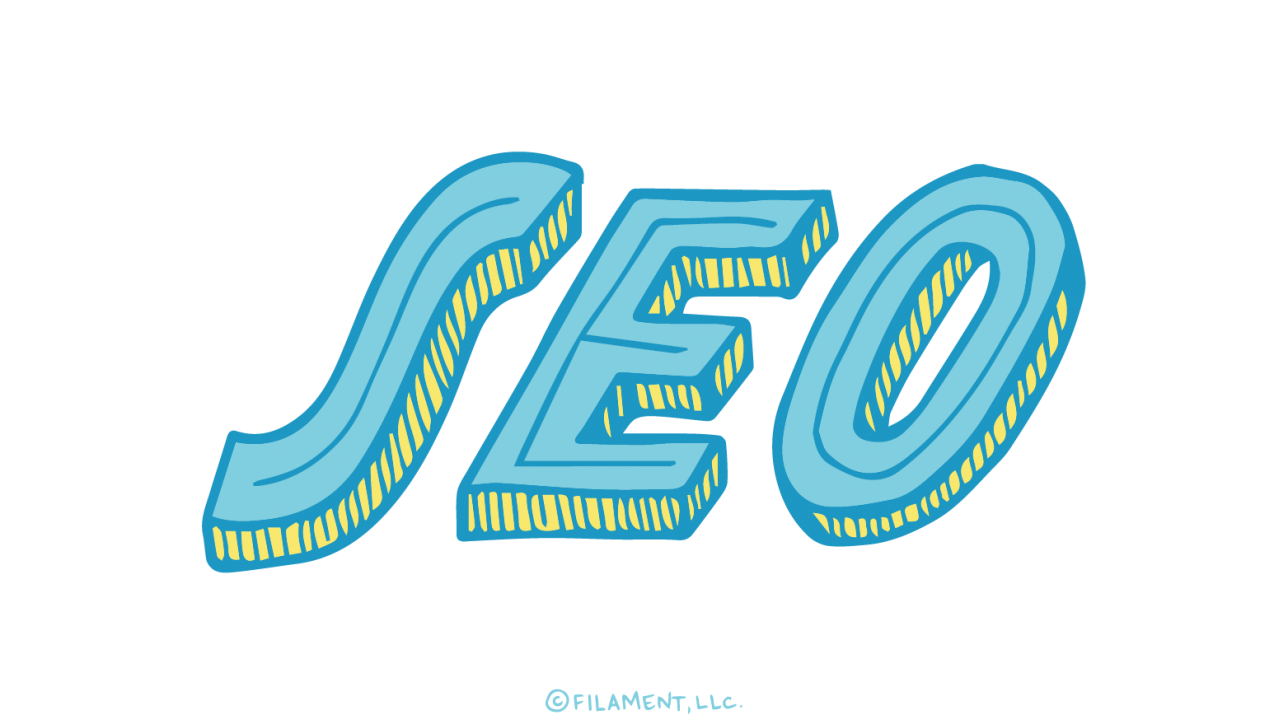A couple of weeks ago, we wrote about 2 top global email marketing trends: mobile and relationships marketing. Today we’re going to look at relationship marketing strategies you can employ to create for more email marketing success in 2016.
To review, relationship marketing is about building stronger loyalty and long-term customer engagement. How do you do that with your subscribers? They already show some loyalty by virtue of being on your email list. That is, unless they’re immediately deleting your emails the moment they hit their inbox.
1. Review the data.
Reviewing last year’s customer engagement will help you set clear and specific goals for 2016, such as improving open rates by 5% or increasing subscribers by 15%. Reviewing what worked in 2015—and what didn’t—also helps you learn more about your customers. And what do you do when you’re building a relationship with someone? You get to know them. Reviewing data like customer engagement will help you do just that. You’ll find out what resonates with them and what doesn’t. This information is key to creating better content from here on out.
2. Segmentation
Segmentation is a key strategy for building relationships with your subscribers because it allows you to 1) get the right message to the right audience and 2) get personal by speaking to targeted segments specifically. This strategy is akin to the ways in which we change our topics of conversation depending on the person we’re talking to. For example, it’s unlikely that you’ll rant about your partner to the mailman. No, you save that for your best friend. Similarly, your best customers already know about you and your brand, and you know something about them and their interests, so you can focus your message on things they’d be interested in learning about. Brand new subscribers who’ve never purchased your products or services, however, might benefit from content that shares what your brand is all about.
3. Lifecycle emails
Why lifecycle marketing? Because it allows you to deliver usable, unique content when and where your customers need it. That’s a great way to develop a relationship. It’s like when a friend is suffering with terrible cold. You show up just in time with your magical cold-busting soup. If you show up too late and your friend has already recovered, that soup isn’t as useful and will be much less compelling to your now healthy friend.
4. Integration
Integrating your email marketing with other channels is another great strategy for building relationships with your subscribers. This can take many forms. You can add an email signup to your company’s Facebook page as a way to kick off new relationships. You can use social listening on social media channels to learn more about your subscribers’ current interests. These interests are ever-changing by the way, which is why consistent listening is key.
5. Exclusive content
Your company offers great products and services. Your subscribers know this, otherwise they wouldn’t let your emails grace their precious inboxes. What can you offer them specifically that other customers may not have access to? How can you reward loyal customers with your email marketing? The answer: exclusive content. Here are a few kinds of content to consider adding to your offerings to provide a special perk for your most local customers:
- subscribers-only deals
- sneak peaks of new goods/services
- eBook excerpts
- videos/audio recordings
- trials/samples
- exclusive events
Have you already tried a few of these strategies? What has worked? What didn’t? Share your experience in our comments section below.
Need a little help getting started? Get in touch with Filament.



























